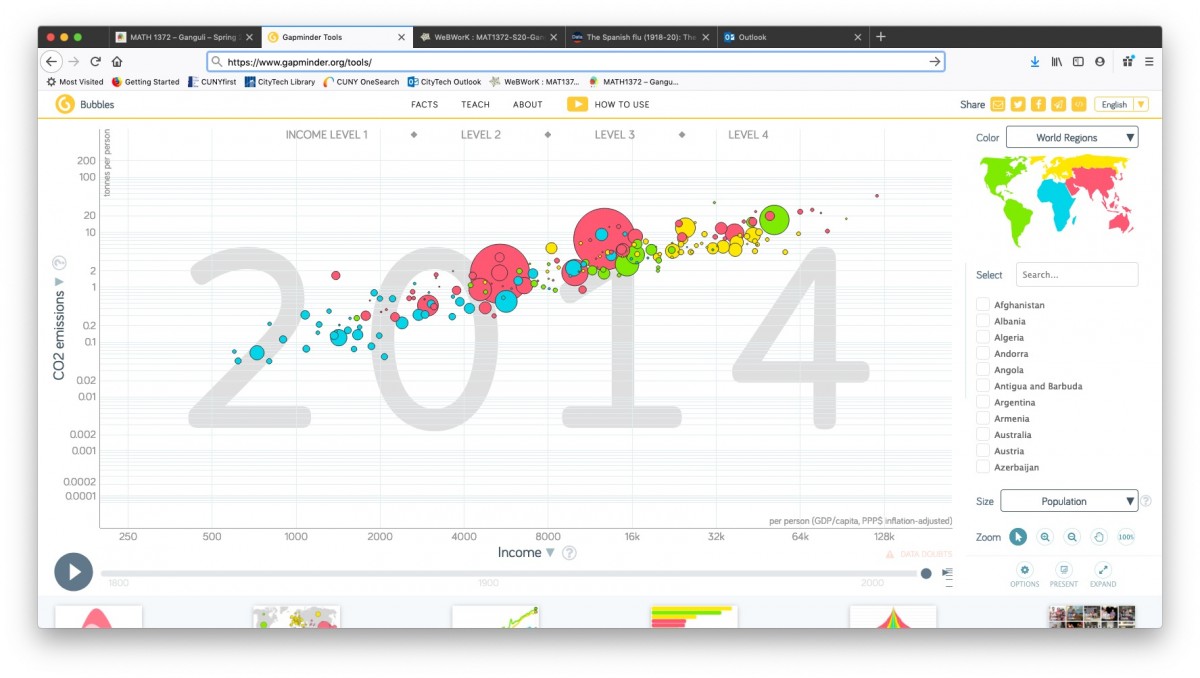For this project, you will collect and analyze data regarding some “personal metric” of your choosing. This project will count as 5% of your course grade.
Choose your variable:
Choose something you’re interested in measuring about your daily life. We will discuss some examples in class this Wednesday (and we will post some ideas in the comments below).
You can get some ideas by searching the web for “quantified self” or “self-tracking.” In fact, there is a recent MIT Press book titled Self-Tracking, which has this in its description:
People keep track. In the eighteenth century, Benjamin Franklin kept charts of time spent and virtues lived up to. Today, people use technology to self-track: hours slept, steps taken, calories consumed, medications administered. Ninety million wearable sensors were shipped in 2014 to help us gather data about our lives. This book examines how people record, analyze, and reflect on this data, looking at the tools they use and the communities they become part of.
https://mitpress.mit.edu/books/self-tracking
Deadline: Choose your variable by Monday, Feb 22.
Data collection:
After you have chosen your personal variable, start recording your data on a (more or less) daily basis:
- Set up a spreadsheet with columns for “Date” and “[Variable name]”; you can also include a third column for “Notes.”
- Each day, enter the data in your spreadsheet.
- Use the optional “Notes” column to record any information that may be useful later when you analyze your data (for example, to explain outliers).
Data analysis:
At the end of the semester you will use your spreadsheet to
- create a frequency table and histogram using your data
- create a time series plot of your data;
- compute the standard summary statistics (mean, median, variance, standard deviation);
- briefly describe (in 1-2 paragraphs) the distribution and analyze the summary statistics.
Further details (and an example) on how to describe the distribution and analyze the summary statistics will be discussed in class over the course of the semester.






Recent Comments